In 2014, President Obama began to thaw American relations with Cuba, a beautiful island nation that, for decades, had been the subject of a travel ban for US tourists. While there were ways around it, usually involving flying to Cuba from Mexico or Canada, it was far harder than it is today!
Yet to many Americans, Cuba is still something of an unknown. Most don’t know much about its history, culture, or people. In this collection of facts about Cuba, we’re going to break down some of the most common myths about Cuba and show you what the country is really like.
If you’re hoping to travel to Cuba, this collection of Cuba facts and our travel guide are indispensable. It’ll help you plan a better, more engaging trip to this beautiful country, making it a truly once-in-a-lifetime trip.
Are you ready to learn more about this incredible island nation? Then read on!
Table of Contents
Interesting Facts about Cuba
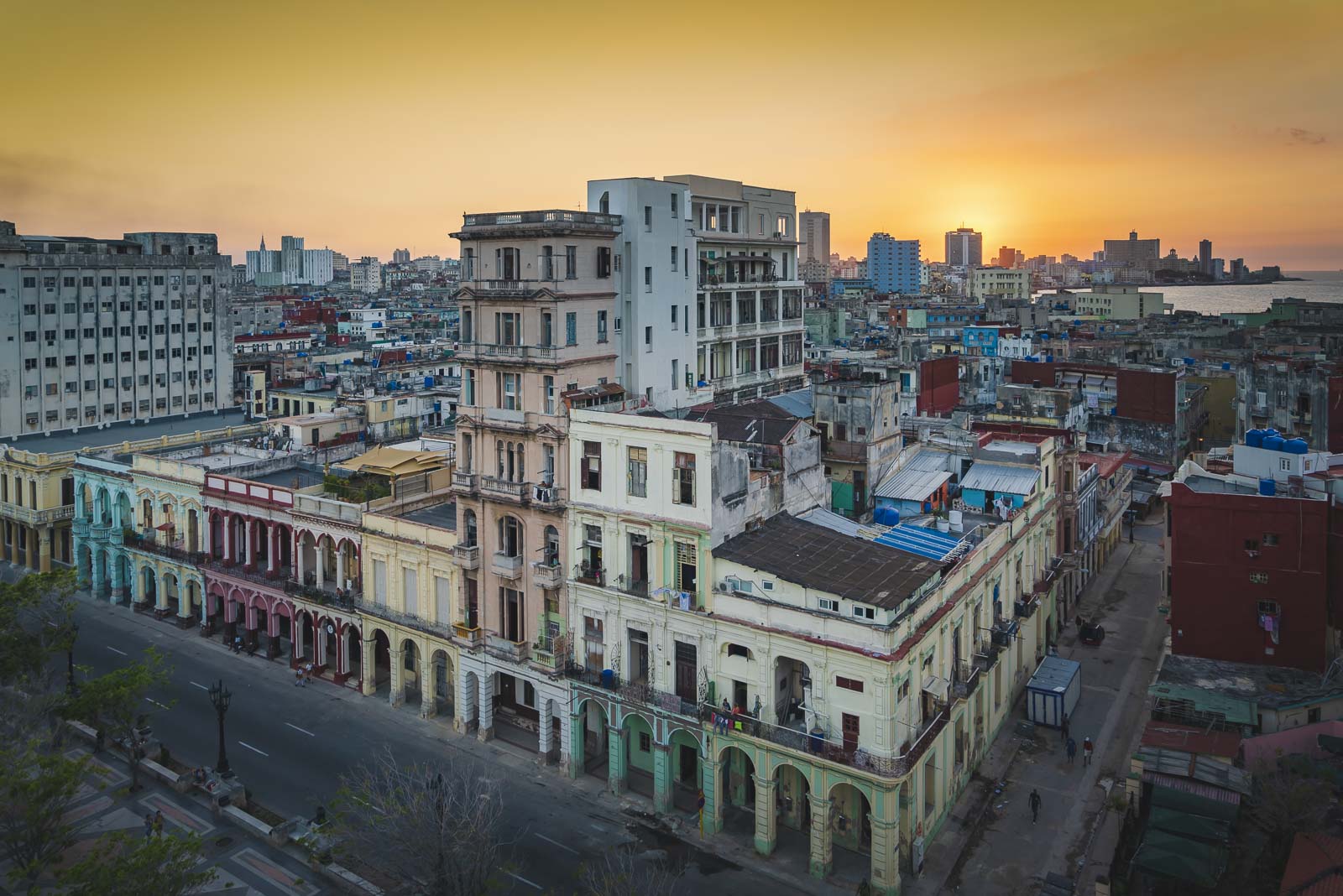
Cuba is the largest island in the Caribbean Sea and is strategically located between the Caribbean Sea and the Atlantic Ocean. The closest countries to Cuba are the United States, Haiti, the Bahamas, and Mexico. Cuba is part of the Greater Antilles which includes Haiti, the Dominican Republic, Puerto Rico, Jamaica and the Cayman Islands.
1. Cuba Is Bigger Than You Think
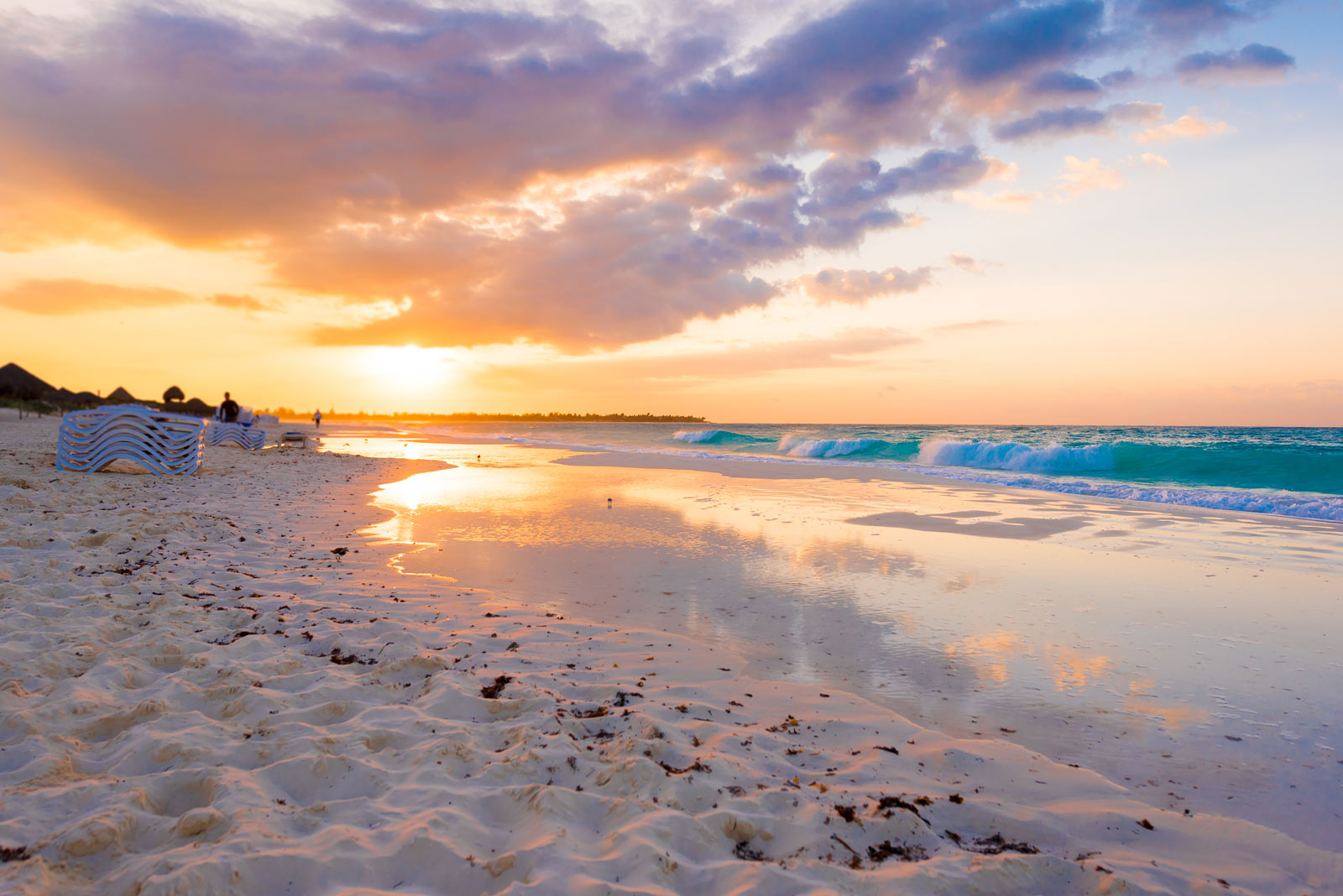
When we think of Caribbean islands, we often think of archipelagos like the Lesser Antilles, home to small islands like Barbados, Grenada or St. Kitts and Nevis. Cuba is far bigger than these islands: it’s the largest island in the Caribbean by quite some margin, and, in terms of land area, is around the same size as Pennsylvania. It’s a long island, too. It could stretch from South Carolina to Arkansas! Read more: 19 Unforgettable Places to Visit In Cuba
There’s more to Cuba than the main island, too. There are four smaller groups of islands that surround the larger island, to its south and north. In fact, Cuba actually consists of more than 4000 islands and cays. With an area of 40,852 miles / 105,806 km, Cuba is nearly 10 times larger than Jamaica (4320 miles)
2. Cuba Is Very Diverse
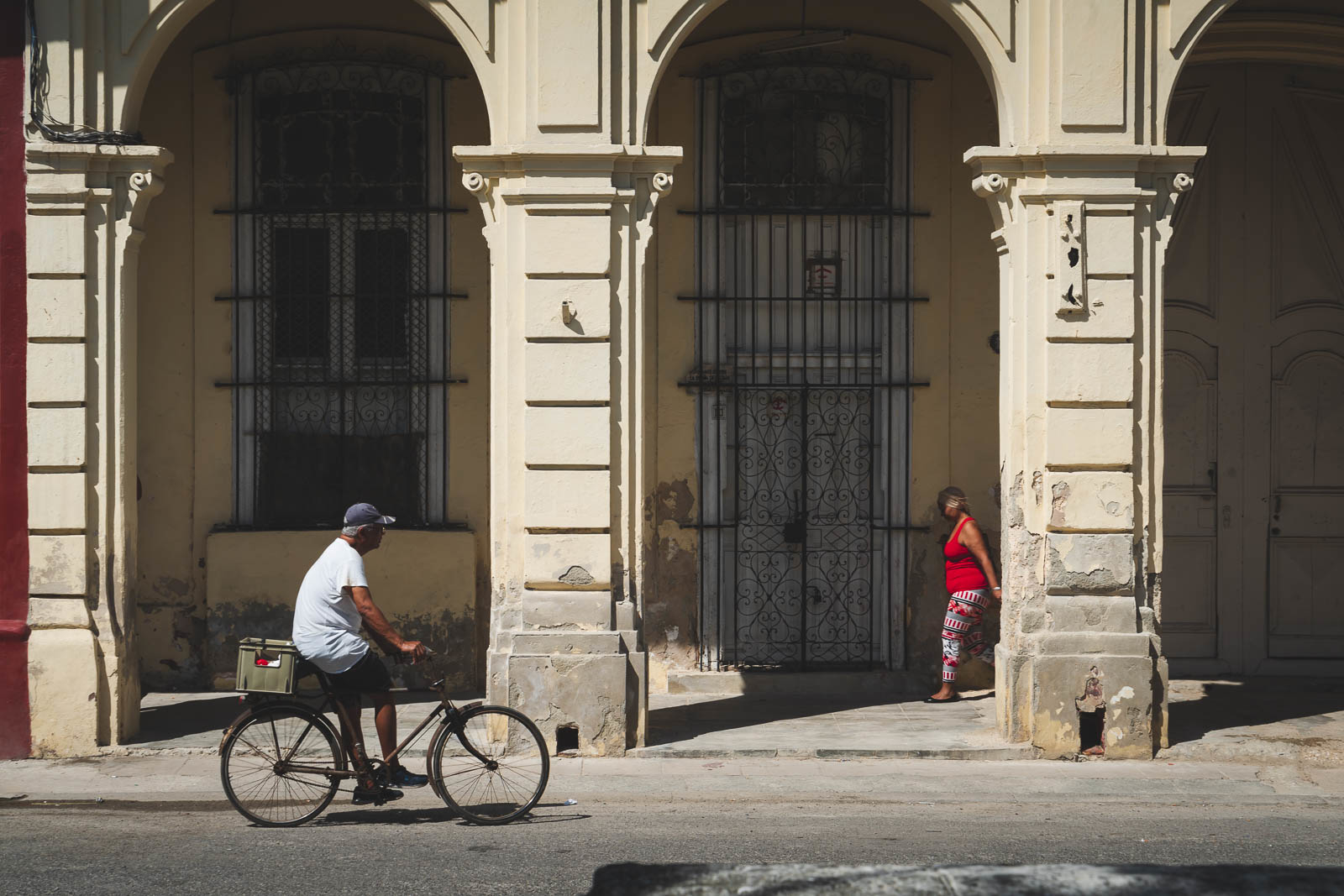
One of the most interesting facts about Cuba is that it has a very diverse culture, made up of many different people who have made the island their home.
Prior to the Spanish conquest in the early 1500s, a native people called the Taino lived in Cuba, and while today they are few in number, some of these people still call Cuba home today. The Spaniards brought their culture and religion to Cuba, which was joined by other European peoples. African slaves were brought in to work on the plantations and many peoples, other ethnic and cultural groups have settled here.
Today, the Cuban national culture takes influences from all of these groups, which have come together to produce a vibrant, lively, and welcoming culture.
There is even a China town in Havana, although, I don’t think there is much of a Chinese population.
3. Cuba Is Full of World Heritage Sites
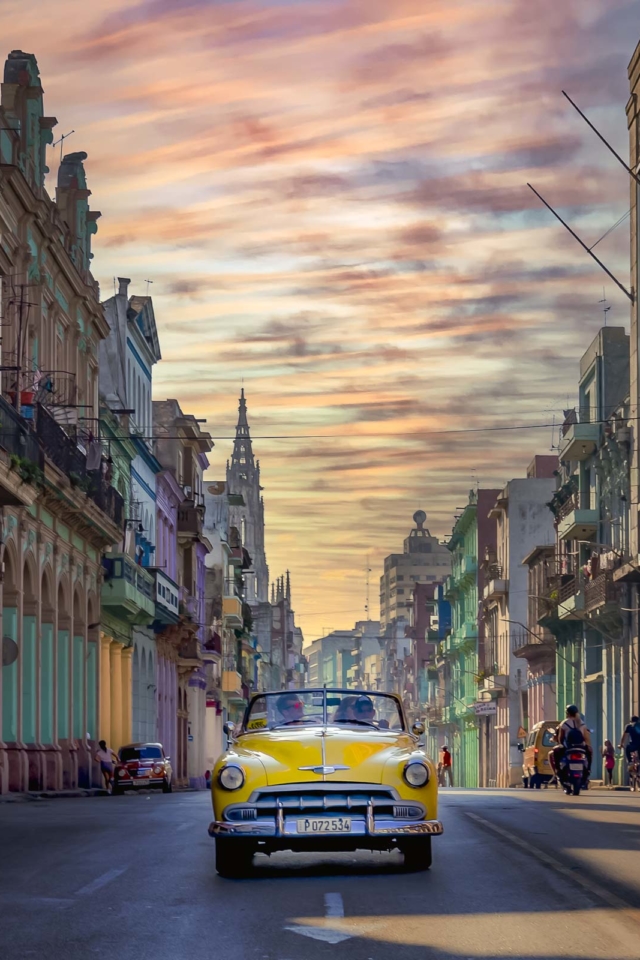
While some places may have one or two UNESCO World Heritage sites, Cuba has a massive nine of them! In the west of the country, you’ll find Viñales Valley, an incredible valley that is home to tobacco farms that still use traditional farming methods to create perhaps the best tobacco in the world.
In the capital of Havana, you’ll find the World Heritage site of Old Havana, which dates back to the 1500s. Go to Santiago de Cuba and you’ll find another site that’ll be heaven for history lovers, the San Pedro de la Roca castle, a fortress dating back to 1648, which once protected the coast from pirate raids.
Cuba’s World Heritage Sites
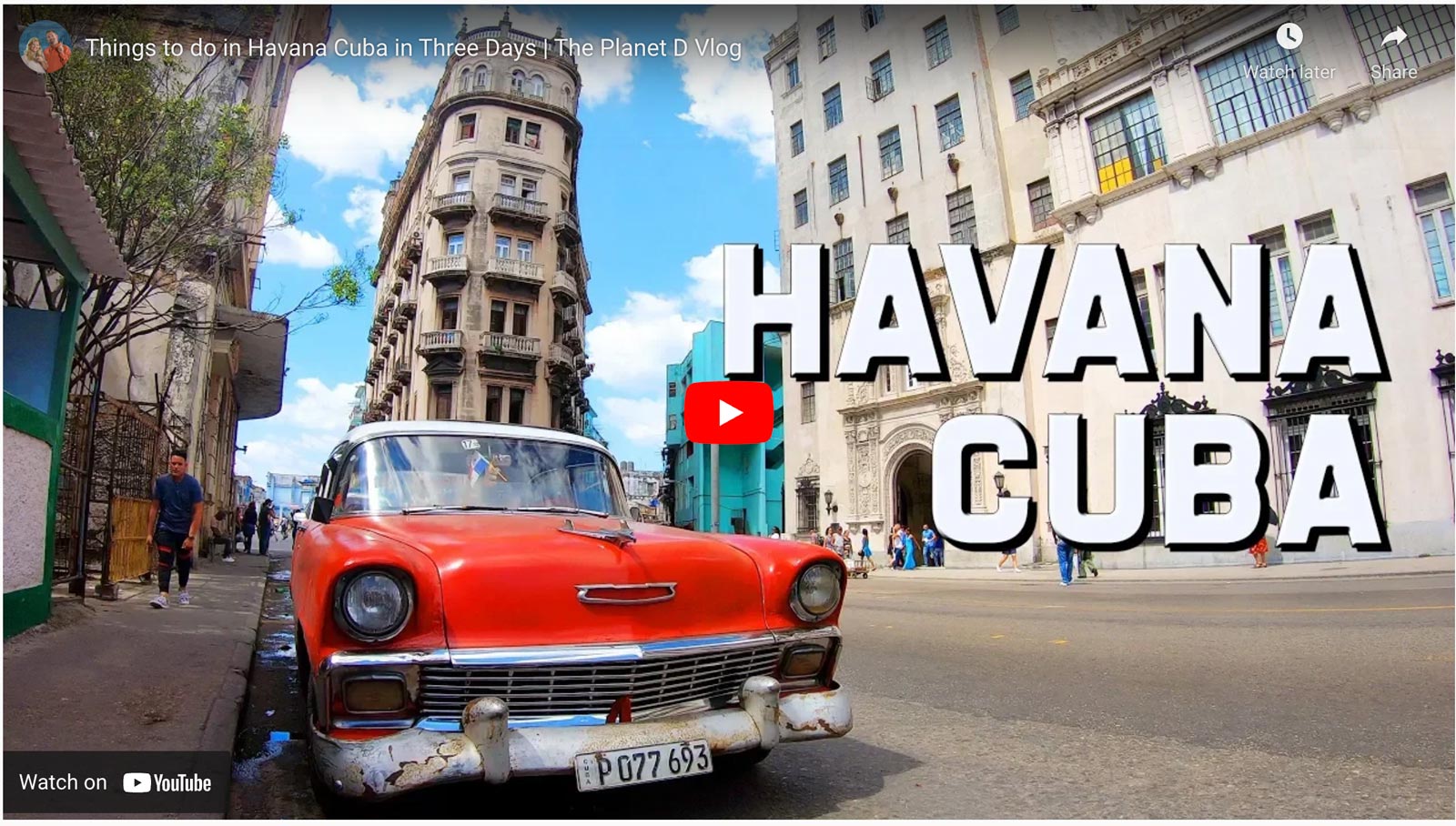
- Old Havana and its Fortifications: Old Havana (La Habana Vieja) is the historic center of Havana, Cuba’s capital. It is renowned for its well-preserved colonial architecture and historic fortifications.
- Trinidad and the Valley de los Ingenios: Trinidad is a beautifully preserved colonial town on Cuba’s southern coast. The Valle de los Ingenios (Valley of the Sugar Mills) surrounding it was a major center of sugar production during the 18th and 19th centuries.
- San Pedro de la Roca Castle, Santiago de Cuba: This impressive fortification, also known as El Morro, was built in the 17th century to protect Santiago de Cuba from pirate attacks. It’s a fine example of military architecture of its time.
- Viñales Valley: Located in the Pinar del Río province, Viñales Valley is known for its stunning karst landscape with limestone hills (mogotes) and traditional agricultural practices. It’s a prime tobacco-growing region.
- Desembarco del Granma National Park: This park is situated in the southwestern part of Cuba and is known for its dramatic coastal landscapes, caves, and diverse ecosystems. It’s closely linked to the Cuban Revolution’s history.
- Alejandro de Humboldt National Park: Located in eastern Cuba, this national park is named after the famous naturalist Alexander von Humboldt. It is recognized for its exceptional biodiversity, including numerous rare and endemic species.
- Historic Center of Cienfuegos: Cienfuegos is a city known for its well-preserved neoclassical architecture and layout. The historic center of Cienfuegos reflects the city’s 19th-century development.
- Archaeological Landscape of the First Coffee Plantations in the Southeast of Cuba: This site includes the remains of 19th-century coffee plantations and the associated infrastructure, showcasing the history of coffee cultivation in Cuba.
4. Fidel Castro Survived 600 Assassination Attempts
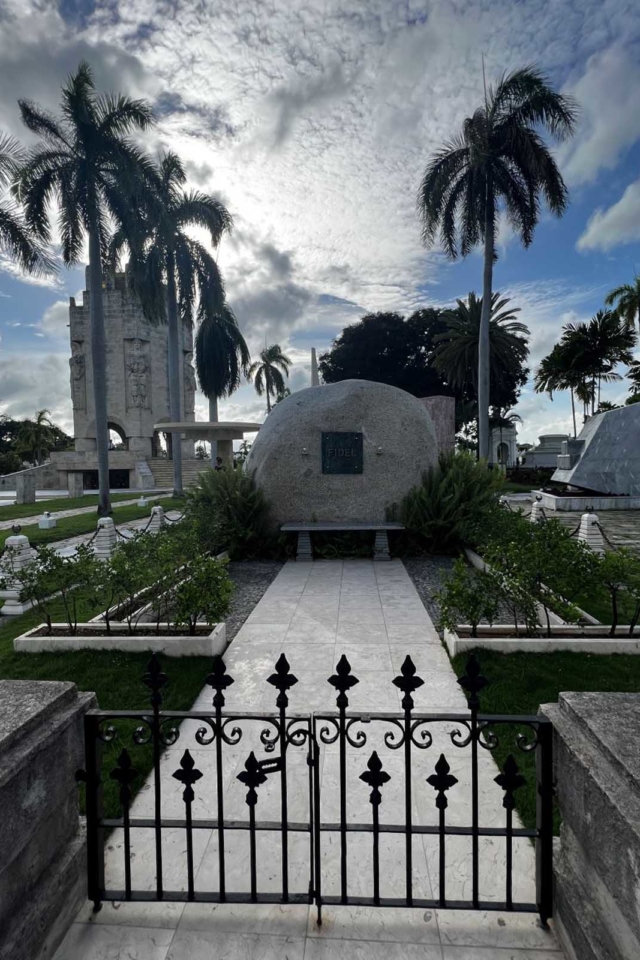
Fidel Castro was a prominent and controversial figure in 20th-century history, known for his long rule as Cuba’s leader. He held power in Cuba for nearly half a century, from 1959 until he formally resigned in 2008. This makes him one of the longest-serving non-royal leaders in the world.
Castro led the Cuban Revolution, overthrowing the U.S.-backed dictator Fulgencio Batista in 1959. This revolution transformed Cuba into a socialist state. Batista’s oppressive regime and close ties to the United States played a significant role in sparking the revolution.
Throughout his leadership, Castro survived numerous assassination attempts by various organizations and governments, including the United States. Estimates suggest there were more than 600 assassination plots against him.
5. Che Guevara
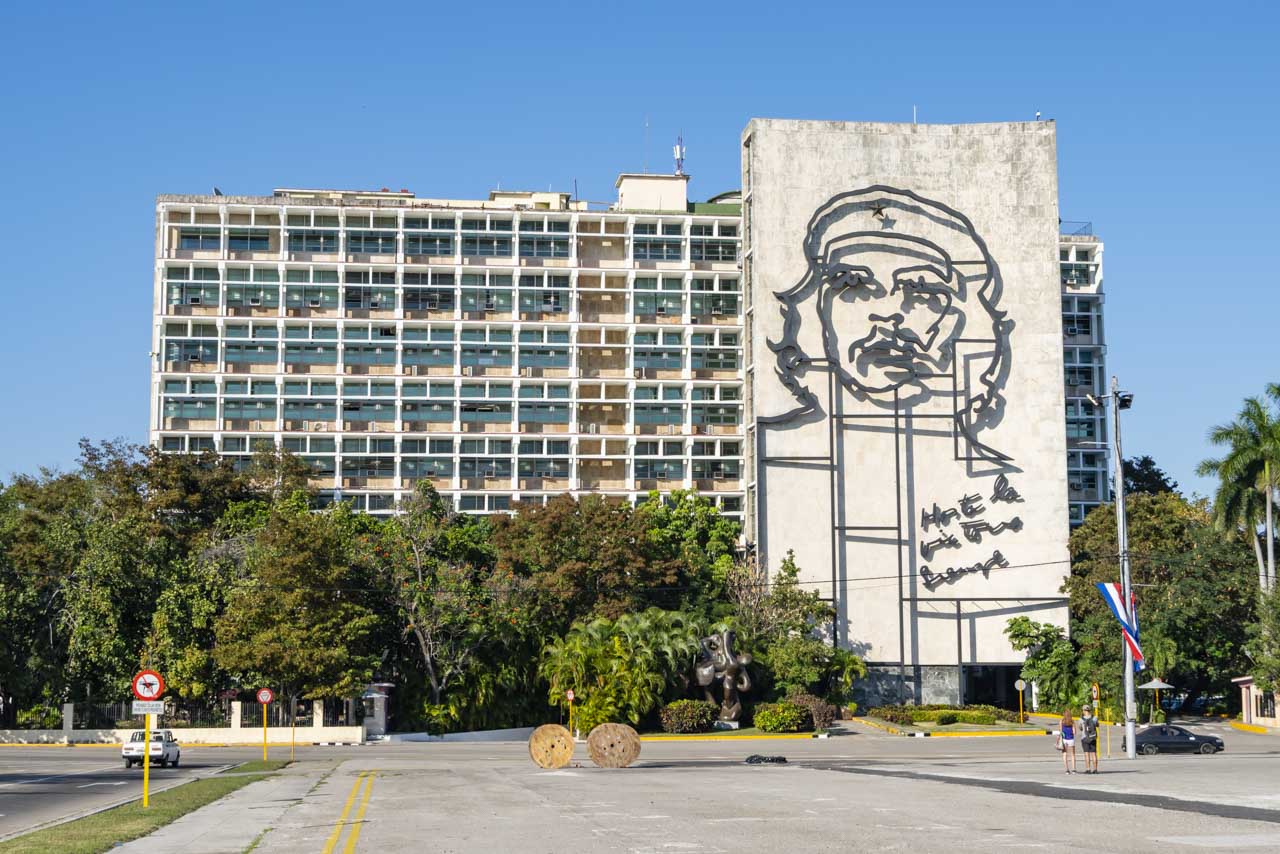
The iconic revolutionary figure Ernesto “Che” Guevara played a significant role in the Cuban Revolution led by Fidel Castro. Guevara’s image, often depicted in a beret, became a symbol of rebellion and has left a lasting legacy.
6. Cigars Are a Way of Life
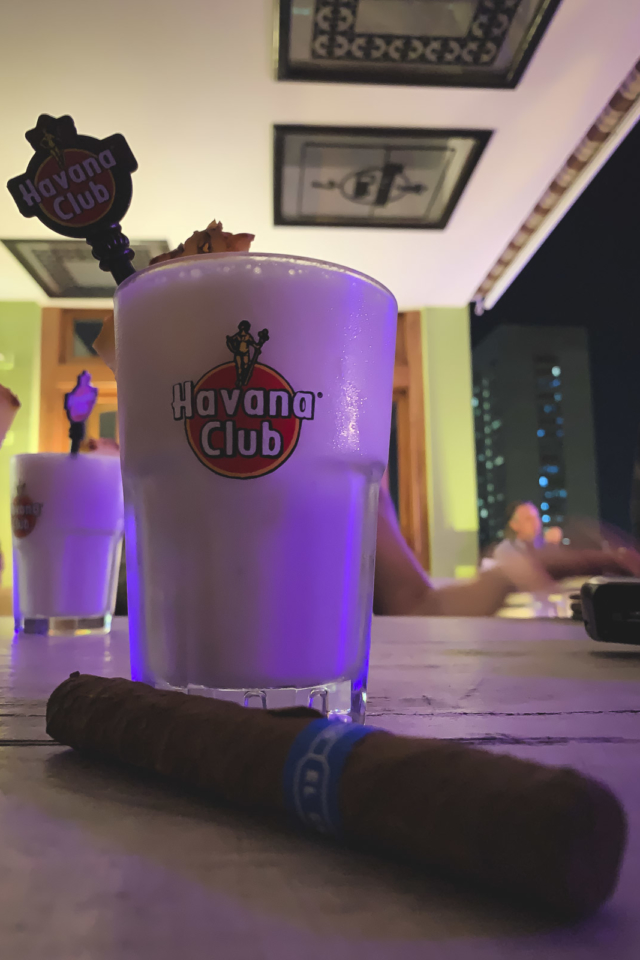
Cuban cigars are famous the world over, and they’re not only made for export, either. Cigars are incredibly popular across all social classes in Cuba, unlike in many other countries where they are seen as the exclusive domain of the rich.
Yet what is it that makes Cuban cigars so popular? Cuban cigars are made from a great mix of tobacco leaves that have been cured twice, creating a smooth and flavorful smoke.
How they’re made also has a massive part to play in their worldwide popularity, too. Becoming a cigar roller in Cuba involves months of education, and they’re still hand-rolled, which leads to an incredibly high-quality cigar: not too tight, not too loose, but just right.
7. Cuba’s National Pastime Might Surprise You
Ah, think of things that are quintessentially American: apple pie, the Statue of Liberty, baseball. Well, baseball is far from exclusive to the US! It is an incredibly popular sport in Cuba, too!
Baseball started being played in Cuba in the 1860s, and today it’s got a thriving league. Over the years, a whole host of MLB players have come to play in the US from Cuba too, including players like Rodrigo Alvarez, who defected in 1963.
Other popular sports in Cuba include soccer, volleyball, and boxing. However, despite soccer’s massive popularity in other Latin American nations, it lags far behind baseball in Cuba.
8. Old Cars Abound on Cuba’s Roads
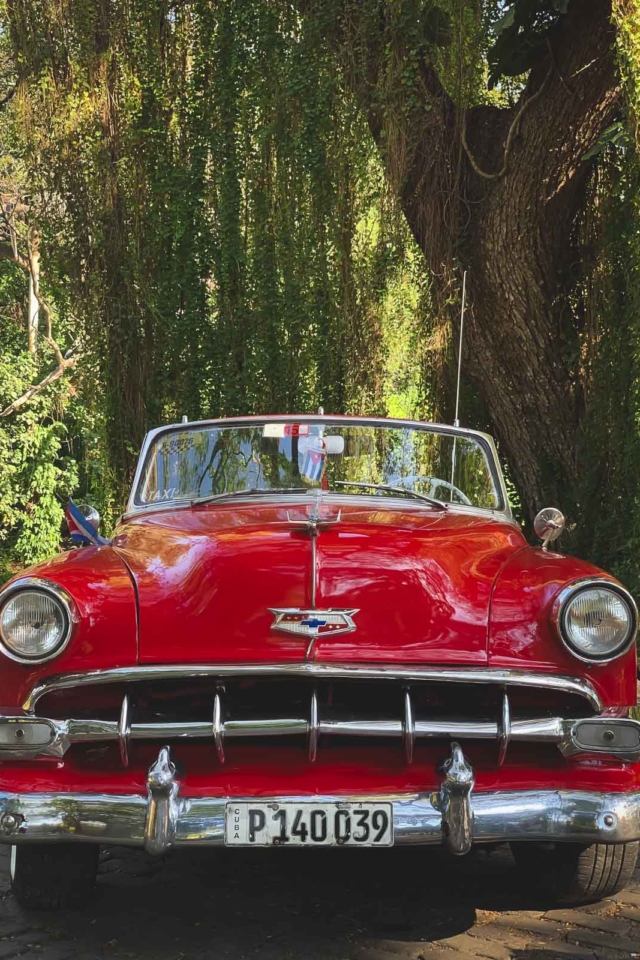
One of the most fun facts about Cuba is that its one of the very few places on Earth where you can find classic American cars on the roads in great numbers. These date back to before the communist revolution and the resulting American embargo, which saw car exports to the isand restricted.
As a result, Cubans had to make do with what they had, relying on ingenuity to fix these old cars and keep them going through breakdowns and adverse conditions.
As a result, you’d be forgiven for thinking that you’d stepped through a time warp when you look at Cuba’s roads. You’ll see old Fords, Chevrolets, and more, as these amazing photos show. While you will find many modern cars on the road these days, these old Yanqui tanks are still incredibly popular.
9. You’ll Find the World’s Smallest Bird on Cuba’s Shores
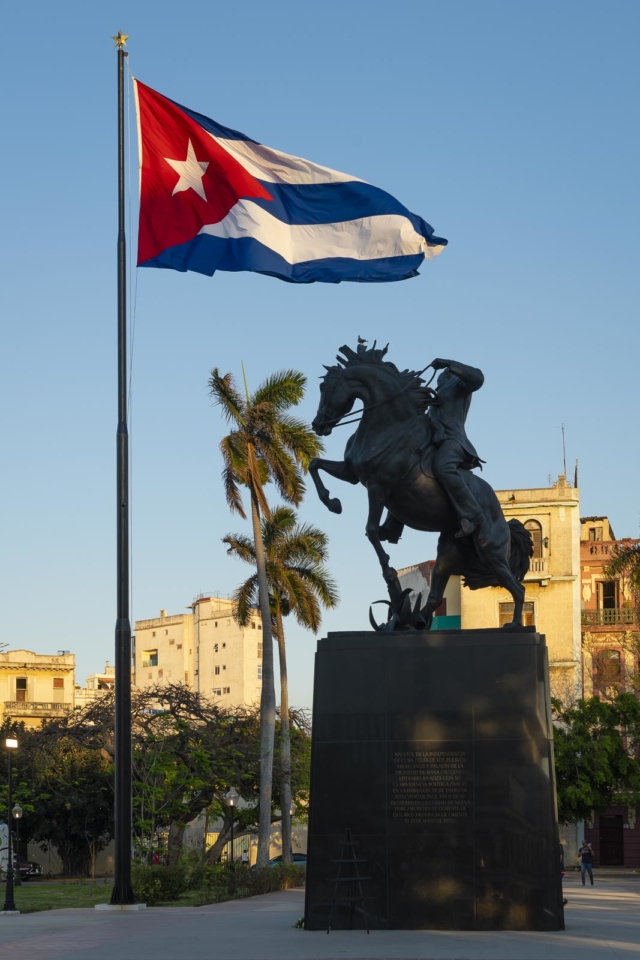
If you’re a birdlover, then you’re in for a treat. Cuba is home to the world’s smallest bird, the bee hummingbird. This beautiful little creature weighs less than a tenth of an ounce, and is just two and a half inches long.
If you want to go on a birdwatching trip, you’ll find plenty of other species to be excited about too. The Cuban Amazon parrot and the Cuban parakeet are parrot species native to Cuba, and you’ll find pygmy owls and the colorful Tody, too!
Even if you’re not a keen birdwatcher, you owe it to yourself to check out the colorful flocks of flamingos that call Cuba home! This is the place to see flamingos in the western hemisphere.
10. Cuba Used to Have Two Currencies
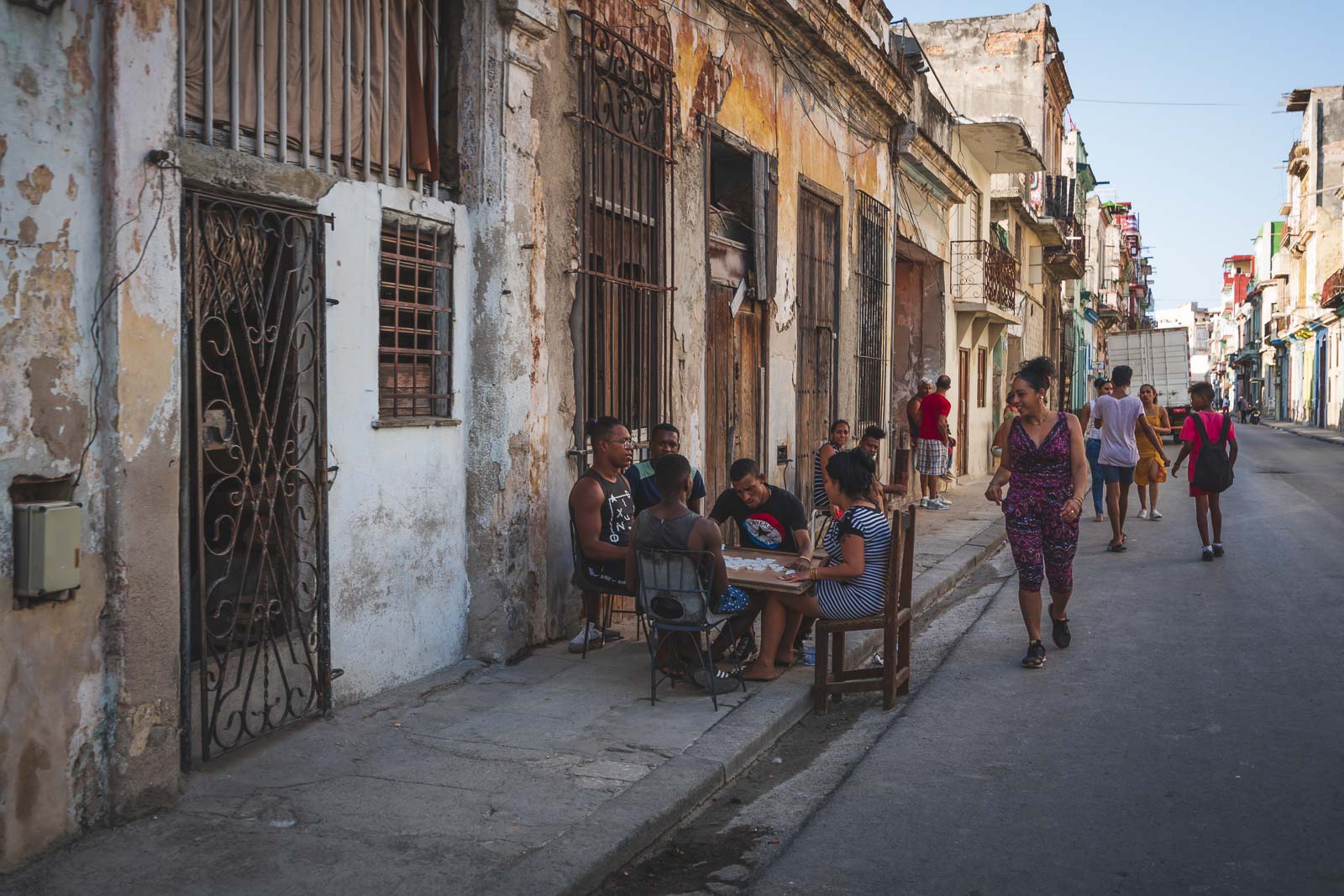
Cuba was, until very recently, one of the few places where you could use two different currencies. These were the Cuban Peso, the standard national currency, and the Cuban Convertible Peso (CUC), which was used by tourists. The Convertible Peso was phased out earlier this year, which makes buying souvenirs far less confusing!
Back in the day, it was actually illegal for tourists to use the Cuban Peso. However, this rule was phased out too, which meant that for a while, tourists could choose to use either currency. They were worth different amounts too, with the Convertible Peso worth around 25 Cuban Pesos.
US dollars are also commonly accepted in many stores, so you may want to hang on to a few dollars while you’re on vacation.
11. Cuba Has an Impressive Literacy Rate and Life Expectancy
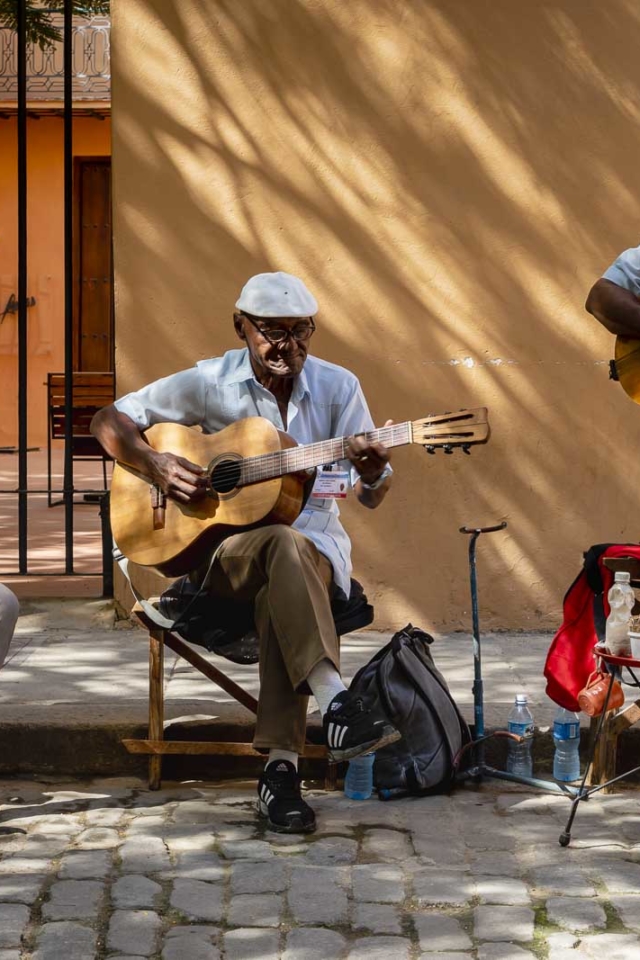
Despite being a fairly poor country by global standards, Cuba has an impressive welfare state that, according to statistics at least, does a solid job of taking care of its citizens. The Cuban literacy rate is a massive 99.7 percent, far more than just 65 years ago.
Under Castro’s rule, Cuba made significant strides in education and healthcare. The country achieved high literacy rates and developed a healthcare system that is still lauded for its accessibility and quality. Cuban healthcare is also very well-regarded around the world, with an average life expectancy nearly identical to that of the US.
12. The Cuban Missile Crisis Was a Thing
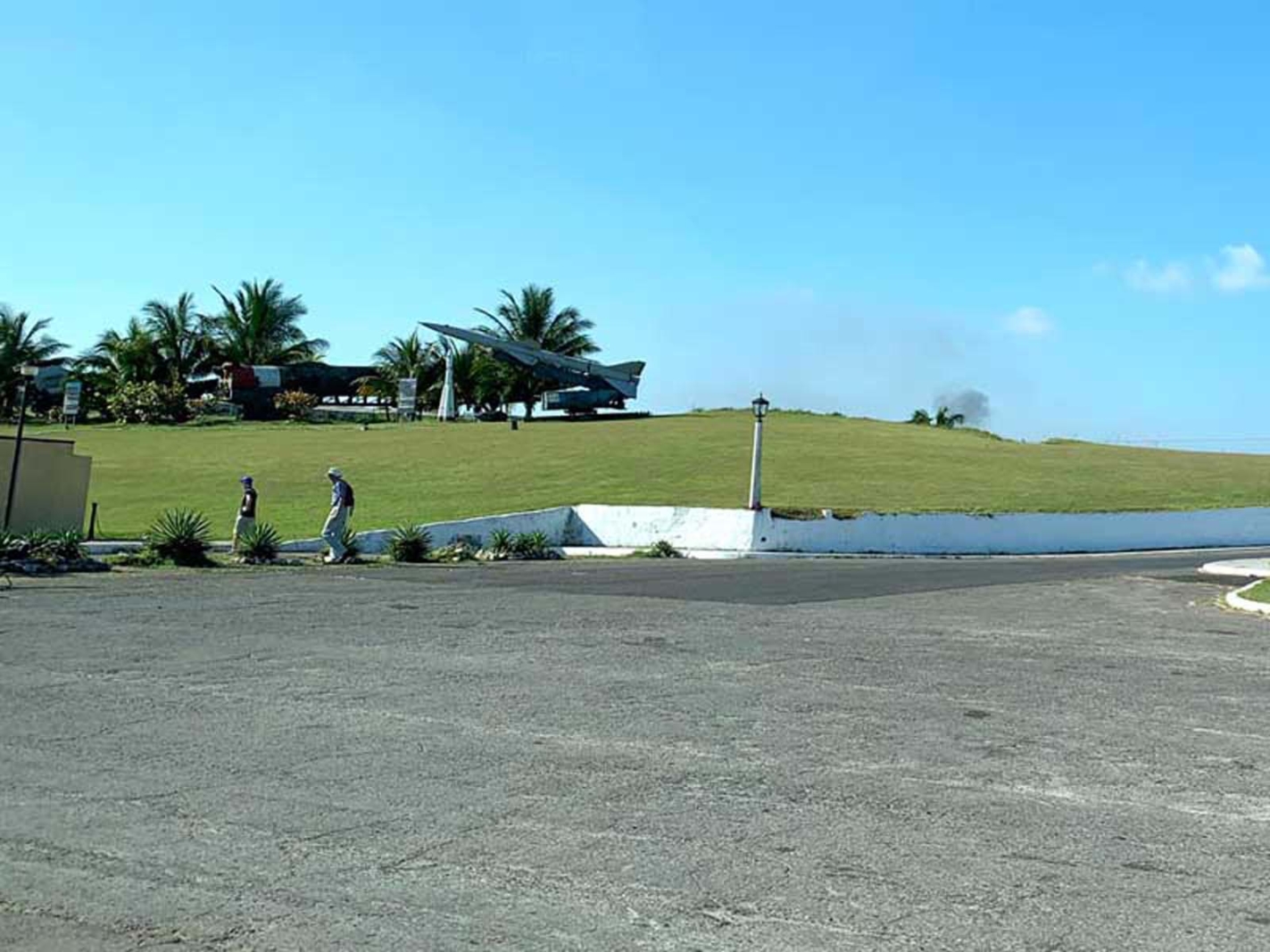
During the Cold War, Fidel Castro forged a close alliance with the Soviet Union, which led to Cuba becoming a communist state and receiving significant economic and military support from the USSR. In 1962, Cuba became a focal point of the Cold War when the Cuban Missile Crisis erupted. The crisis brought the world to the brink of nuclear war, with the United States and the Soviet Union engaged in a tense standoff over Soviet missiles in Cuba.
The Missiles are still standing today.
13. Christopher Columbus Sailed in 1492
Christopher Columbus arrived in Cuba on his first voyage to the New World in 1492. He called it “Juana” in honor of Prince Juan, the son of Queen Isabella and King Ferdinand of Spain. This marked the beginning of European exploration in the Caribbean.
These facts showcase the rich history, culture, and geopolitical significance of Cuba, as well as its connections to key figures and locations in the Caribbean and Atlantic regions.
14. Cuba Is the Home of Many Popular Cocktails
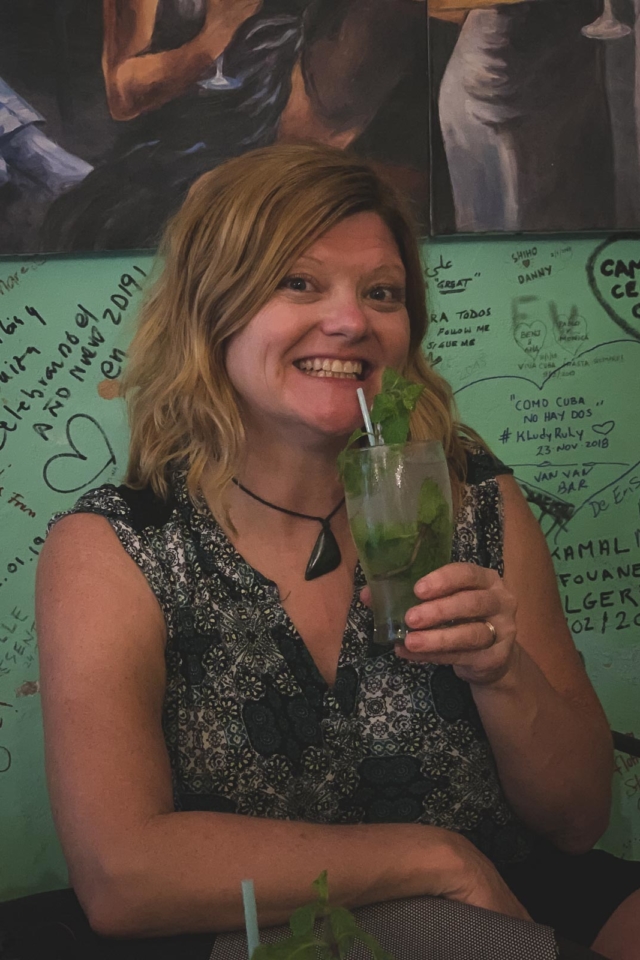
Cuba’s rum-rich culture has led to the creation of many internationally popular cocktails that you might never have known are Cuban! For instance, the humble rum and coke, also known as the Cuba Libre, originated back in the Spanish-American war, when Coca-Cola was first imported to Cuba. Read more: Cuban Food: 20 Cuban Dishes You Can Try at Home
The Mojito is also a Cuban recipe. The mojito is made up of mint leaves, lime, soda, rum and sugar. So the next time you enjoy the minty, refreshing taste of one, remember where it came from! The Daquiri, another of the world’s most popular cocktails, also originates in Cuba, where legend has it, an American engineer called Jennings Cox created the cocktail.
15. You can Get Coke in Cuba
There has been a long myth out there that you can’t get Coca Cola in Cuba (along with North Korea) but it is just a myth. Enjoy a Coke if you like. But I tend to stick to the lemonade and mojitos.
16. Ernest Hemingway Lived and Drank in Cuba
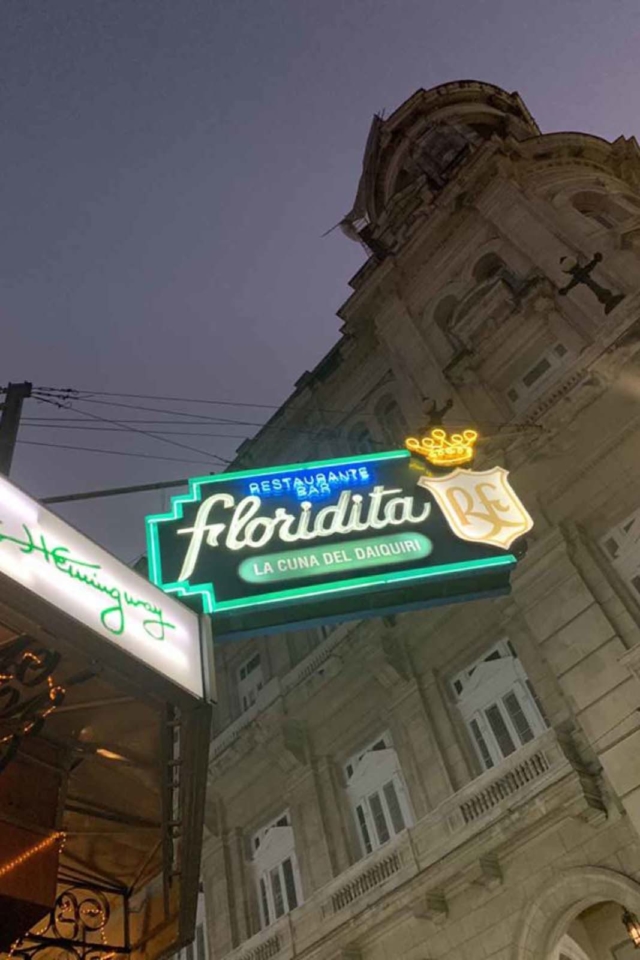
The American author Ernest Hemingway lived in Cuba for many years and wrote some of his most famous works there, including “The Old Man and the Sea.” His former home, Finca Vigía, near Havana, is now a museum dedicated to his life and work.
When visiting Havana, you can visit many of Hemingway’s hangouts where he drank Mojitos, Pina Coladas, and The Hemingway Daiquiri. El Floridita was one of his favorites.
17. Wifi Is Hard to Come By
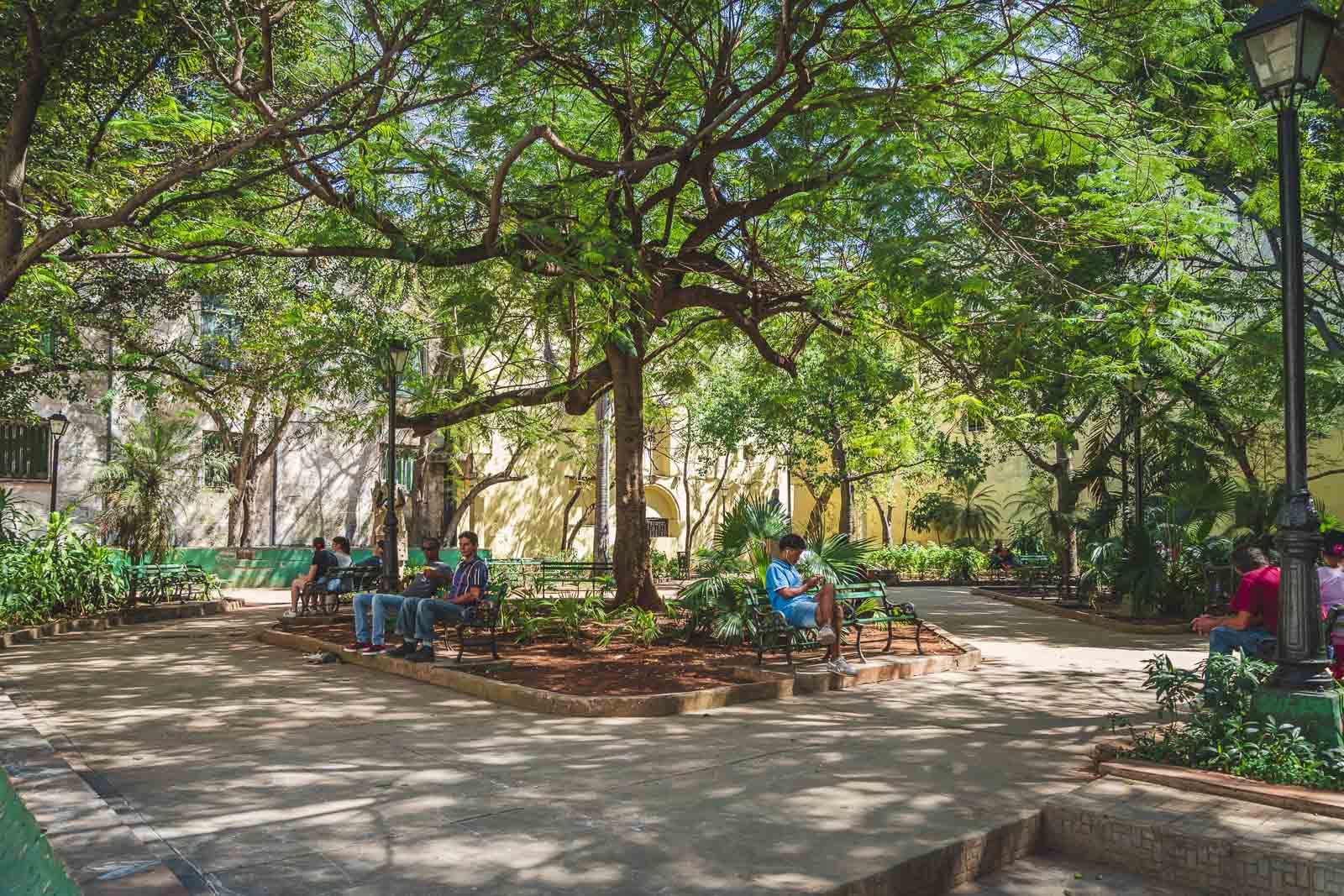
While Cuba may be open to US tourists, it’s still got a very authoritarian government, which means that access to the internet is very heavily regulated. If you want to get online, you’ll need to head to some designated hotspots, and you’ll need to pay for it, too.
Access to some websites is still restricted too, so you may want to subscribe to a VPN before you head to Cuba if you want unrestricted internet access. Before going to Cuba, we suggest downloading Maps.me for offline maps.
18. What’s the Deal with Guantanamo Bay?
Guantanamo Bay, located in southeastern Cuba, is home to a U.S. Naval Base, which has been a source of tension between the United States and Cuba for decades. The lease of Guantanamo Bay was established in the 1903 Cuban-American Treaty, which remains a contentious issue in U.S.-Cuba relations.
There is no expiry date on the lease and the US pays Cuba just $4085 US Dollars a month. The only way the lease can be broken is if the United States decides not to renew.
19. Cuba Has an Interesting New Year’s Eve Tradition
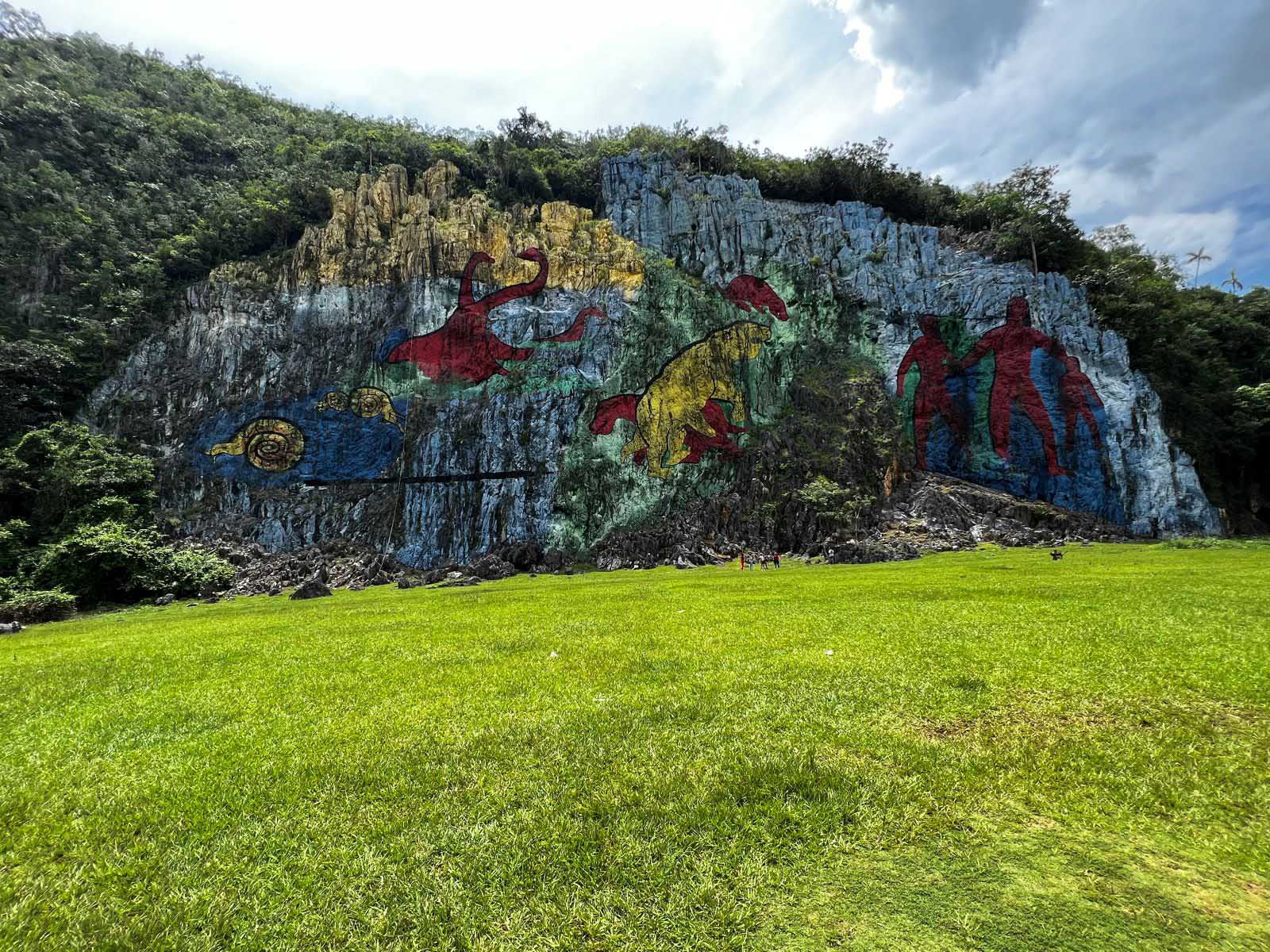
In Cuba, New Year’s Eve, known as “Nochevieja,” is a time for lively celebrations and traditions. One of the most common and cherished traditions is the practice of eating 12 grapes at the stroke of midnight. This tradition is similar to those in some other Spanish-speaking countries. However, it is the burn of rag dolls that is unique.
“El Año Viejo” or “The Old Year” is a tradition that involves creating rag dolls, often referred to as “muñecos,” which represent the old year and its troubles. These dolls are crafted to resemble a specific individual or fictional character, and they can be quite elaborate. On New Year’s Eve, there is a symbolic “burning” of the old year’s troubles. People often parade through the streets with their rag dolls, displaying them to the public. Some may even create larger effigies to burn as part of a public event or neighborhood gathering.
We Hope You’ve Enjoyed These Facts About Cuba
These facts about Cuba should shed some light on this oft-misunderstood country. It truly is an incredible destination, and it’s easier to visit than ever. If you’re hoping to take a trip, then check out our travel guide on Cuba to learn even more.
You should also take advantage of our travel tips to make the most of your vacation! And read about all of these 36 Fantastic Things to do in Havana, Cuba
Discover More Interesting Facts Around the World
- Peru: Fun Facts About Peru You Never Knew
- Florida: Our Favorite Fun Facts About Florida
- Mexico: 15 Fun Facts About Mexico
- St. Lucia: Fun and Interesting Facts about St. Lucia
- Costa Rica: 23 Interesting Facts About Costa Rica
- Canada: 72 Funny And Interesting Facts About Canada
- United States: Fun Facts about New York City

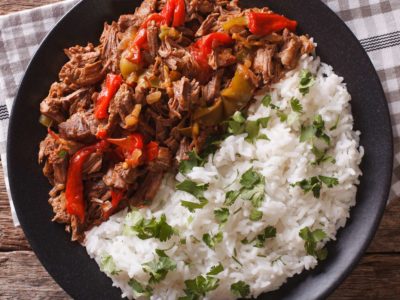
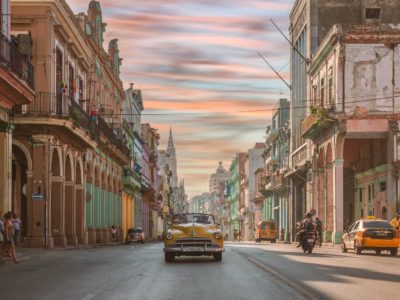
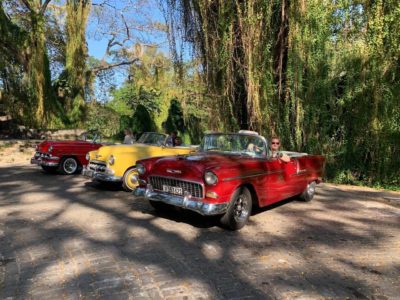
Great Article! everything you mention in very better way, one thing i want to share with you about the little facts of Cuba The Burning Rag Dolls is a New Year’s Eve tradition.